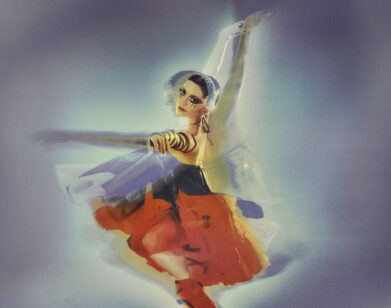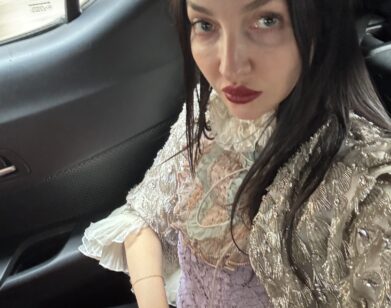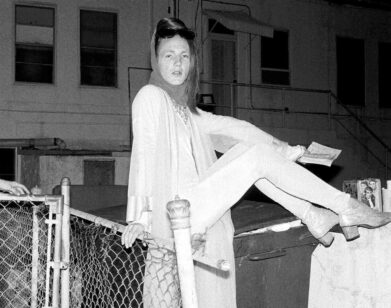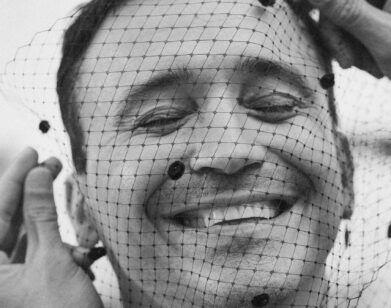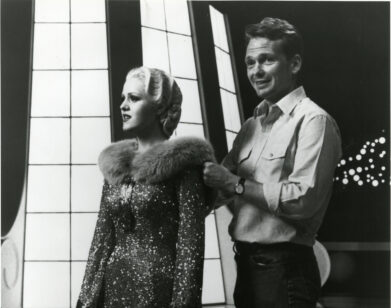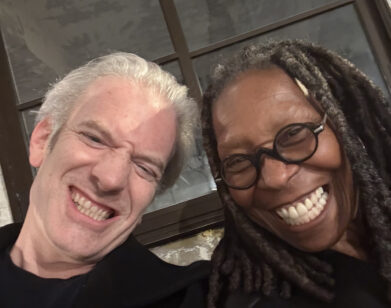Tim Blanks
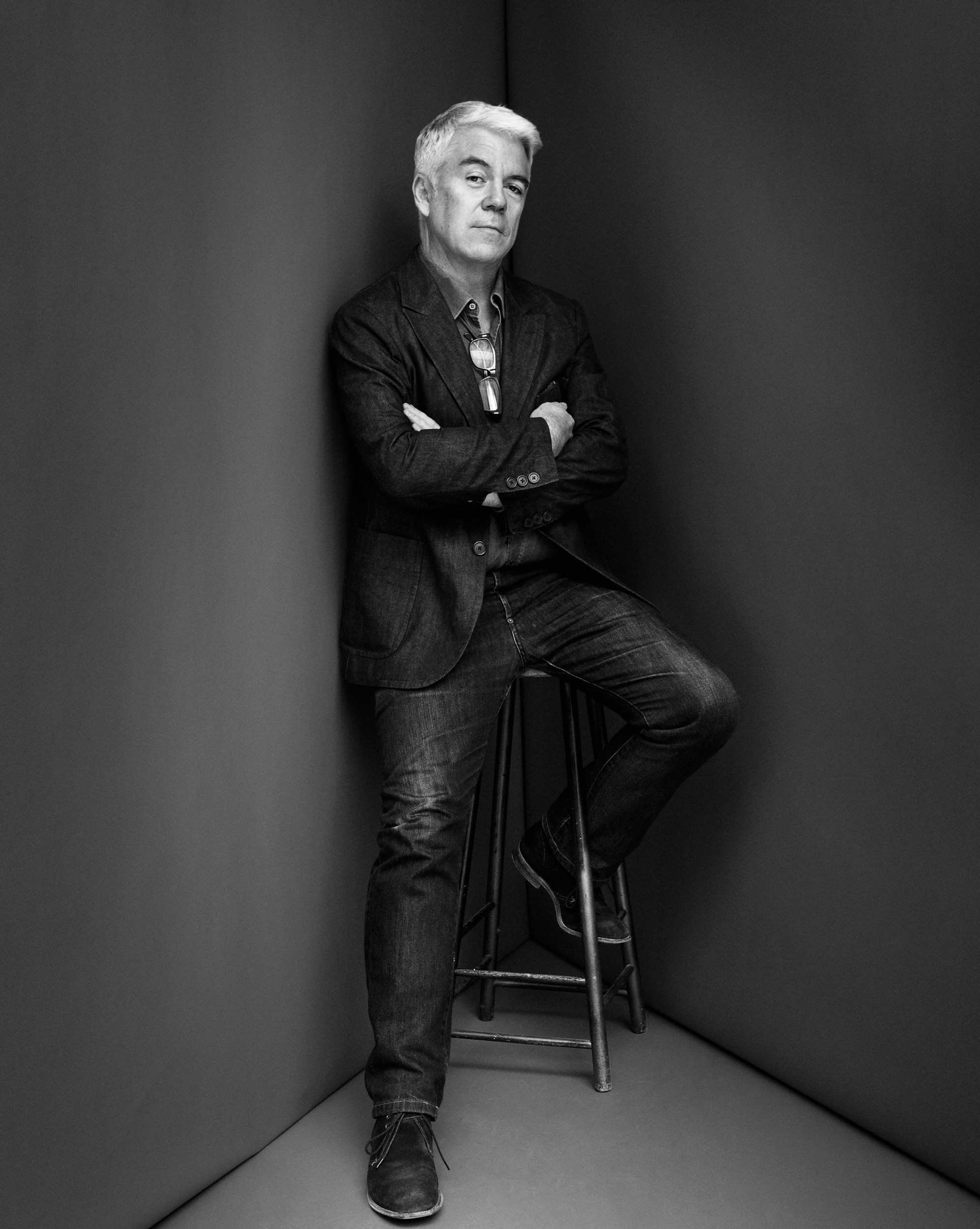
TIM BLANKS: Editor at Large, style.com HOME BASE: London. PROVENANCE: Auckland, New Zealand. PAST: Host of the internationally syndicated Canadian TV show Fashion File from 1989 to 2006; editor at Toronto Life Fashion magazine. FIRST BEAT: Writing about music in Auckland and Sydney, Australia, in the mid-1970s. FIRST TRIP TO THE COLLECTIONS: Haute couture in Paris, 1988. “It was when YSL showed Braque guitars and Picasso doves . . . I was thrilled to meet Nan Kempner. Obviously, the Lesage embroideries were things of wondrous bewilderment, but the Kempner ankles were equally beguiling. How did they work?”
STEPHEN MOOALLEM: What informed the way you first approached writing about fashion and writing about it critically? Was there anyone or anything you looked to as a model early on?
TIM BLANKS: Well, my teen obsessions were music and movies, so the journalists and critics I was most affected by worked in those arenas. People like Richard Williams in Melody Maker, Ian MacDonald in the NME [New Musical Express], and Lester Bangs in Creem spoke straight to me. They were all about cross-references and interdisciplinary connections; and whatever names they dropped, I’d religiously follow up on, like a search engine made flesh. You can only imagine how long it all took in those far-off days of carrier pigeons and steam packets. But, equally, it was unbelievably satisfying. I think that’s where I learned to cherish context. Still do. I mean, when I think about Williams writing about The Velvet Underground, which led me back to Warhol, which took me forward to Parker Tyler, which prepped me for someone like John Waters . . . Those chains just go on and on. As far as fashion goes, the thing that had the biggest impact on me was visual—French Vogue in its Newton-Bourdin heyday. I never read any words about fashion that had the allure and power of those pictures for me. I’ve been carrying some of those guest-edited Christmas issues around with me for 40 years . . . I’m happier with contextualize than criticize.
MOOALLEM: What makes a piece of work successful for you? What are you looking for?
BLANKS: Communication. I find passion very persuasive. I’ve loved it when people have dreamed big—huge—as in the heydays of Galliano, Gaultier, and McQueen. Beauty on that scale was fearless, and emotionally stirring in the most soul-satisfying way. I think that’s why the McQueen show at the Met was such a smash. But if I’m a sucker for grandeur, I’m equally seduced by intelligence and a one-on-one appeal to reason. Helmut Lang’s intimacy was as intense as McQueen’s spectacle. Same with Raf Simons now. I’m always impressed by the way hindsight operates in fashion, where the passage of time gives you a full appreciation of the best work— reminder that it is a reflection and a projection, allowing you a simultaneous glimpse of past, present, and future.
MOOALLEM: So how do you approach writing and reporting about fashion critically now, given the ever-increasing number of shows and seasons and overall speed of things? And what do you think are the implications of all of that?
BLANKS: In my years covering fashion, the first big change was the impact of cable tv. It gave everyone a gallery to play to, and helped create the star system of designers, models, photographers, stylists, hairdressers, makeup artists, and djs, which turned fashion into an annex of the entertainment industry. The second big change was, of course, the Internet, which has created another star system orbiting around Planet Fashion. Implications? An industry which is much more self-conscious than it used to be, much more insecure, and much more dramatic—and maybe more interesting. But speed chops everything up into glittery little fragments, and clearly there are millions of people who are happy making their own narratives out of those fragments, re-contextualizing. I wouldn’t judge a song by one bar, or a movie by one scene, but that’s me. An excitable tv executive once tried to explain to me that his audience didn’t want its fashion straight; it wanted “subversion.” I tried to explain right back that there was no point in giving people subversion, unless you’d first given them the original version. What was the point otherwise? Maybe that’s been the impact of speed on me. I’m a voice for the original version. But what speed means for the industry is more and more glittery fragments. It’s all about pre-collections, the tidal wave of clothing that pours into stores between Spring and Fall and Spring again. Right now, pre-collections live in look books. Soon, they’ll be on catwalks, and that’ll mean another way station on the international show calendar.
MOOALLEM: Do you think people are more fluent in fashion now?
BLANKS: People might be more aware of fashion, but that doesn’t mean they’re necessarily more fluent. Sure, it’s all much more immediate, but fashion has an incredible history, which remains largely untapped. There are still a million stories waiting to be told—that’s one reason why I miss Amy Spindler [the late New York Times fashion critic]. I want to hear them, and pass them on.
For more on The Observers, click here.

